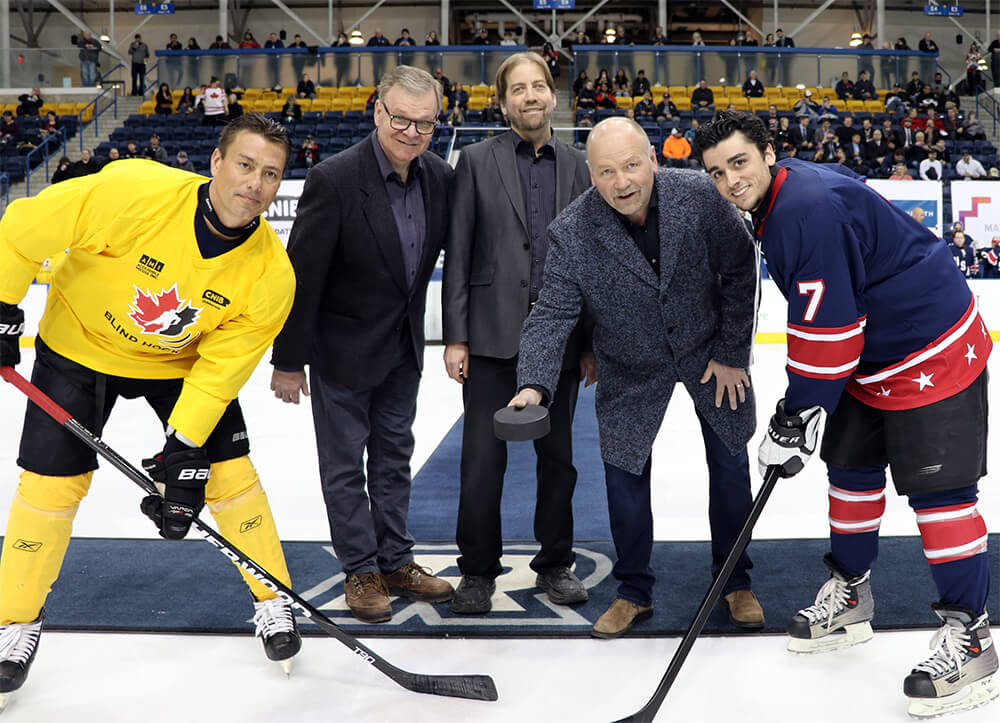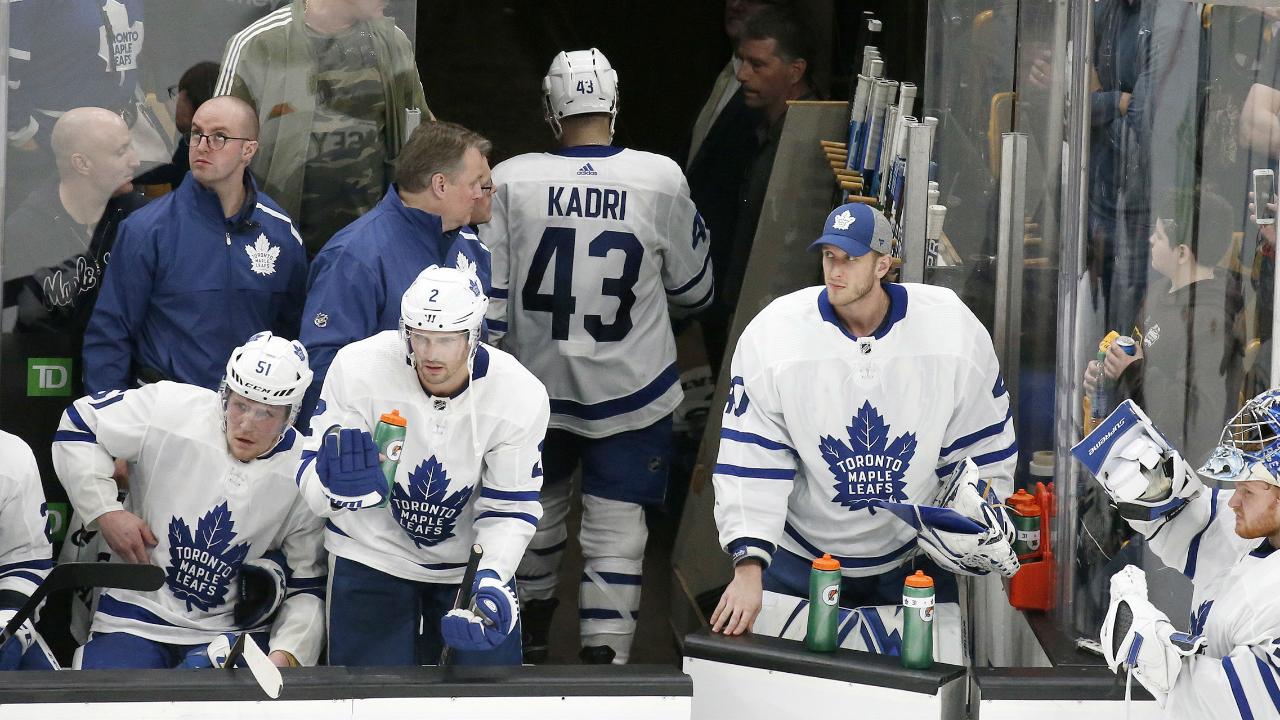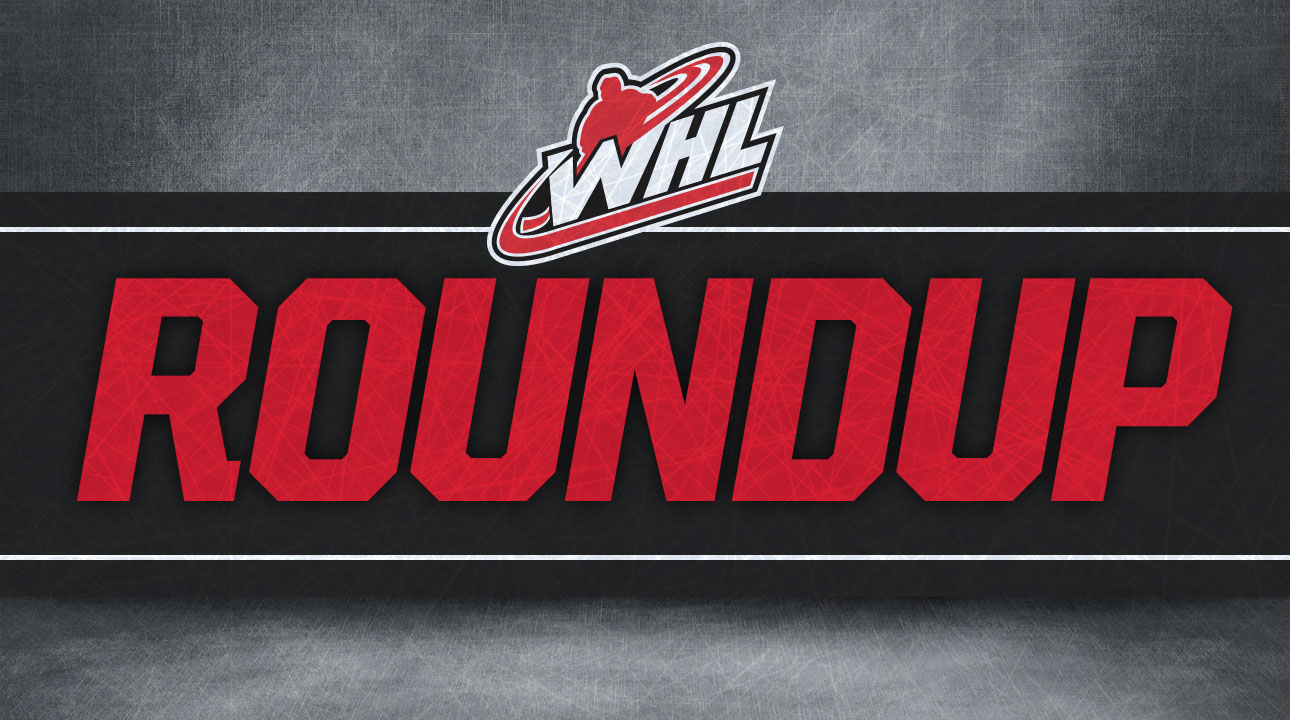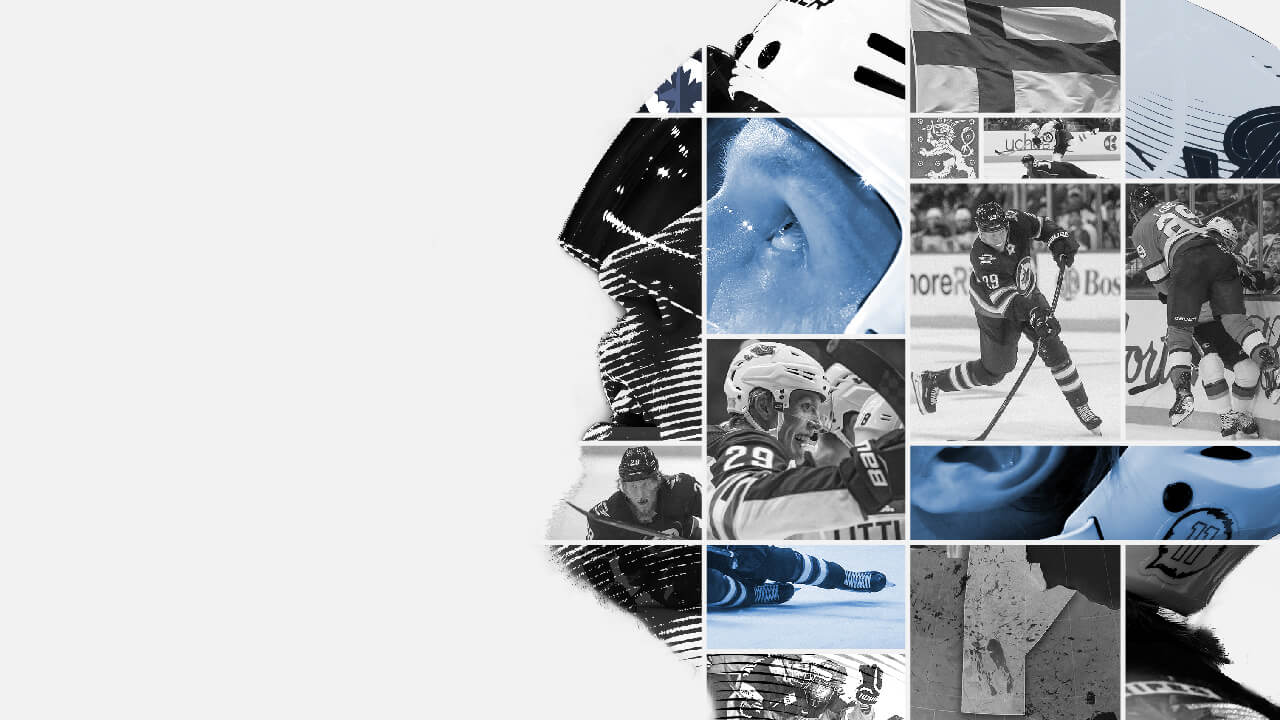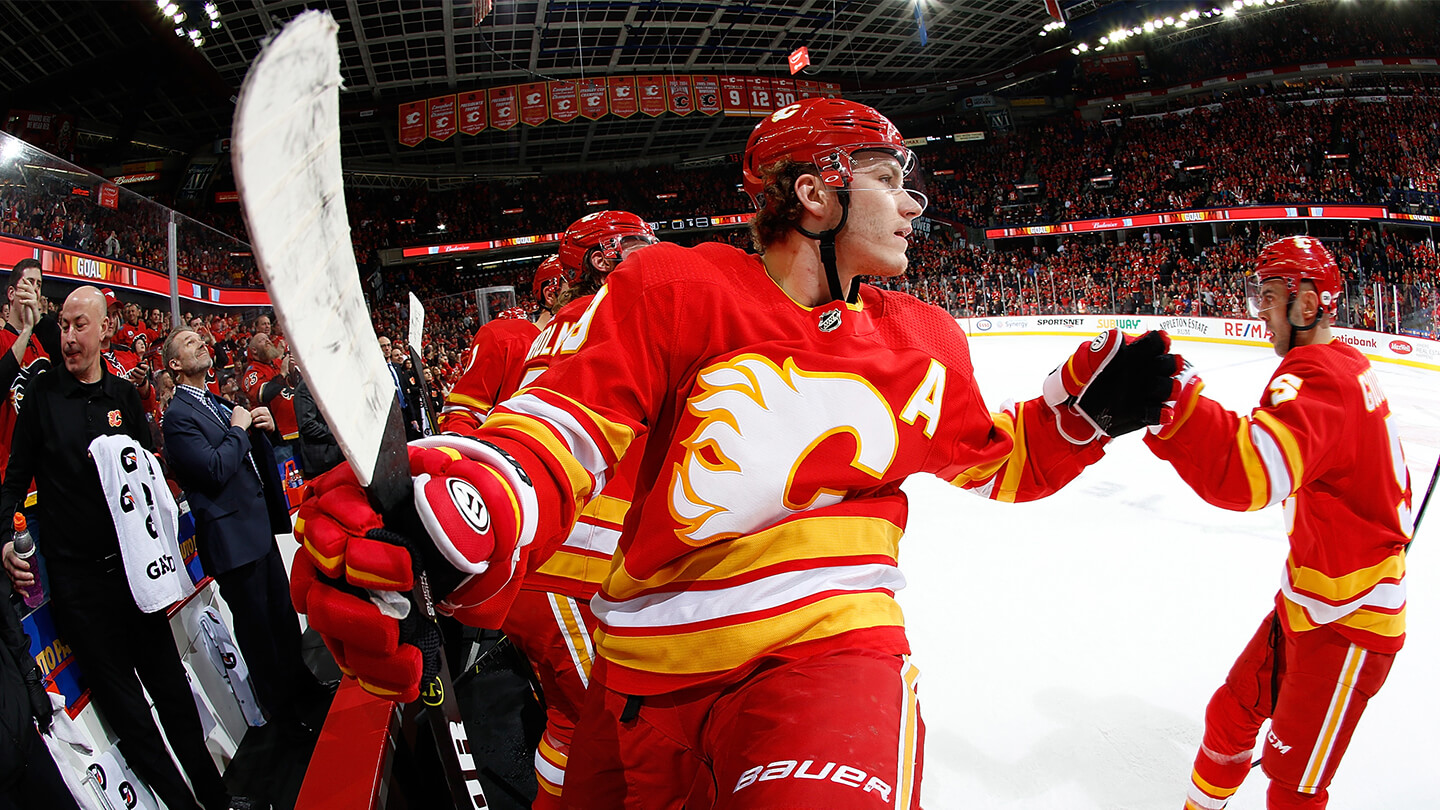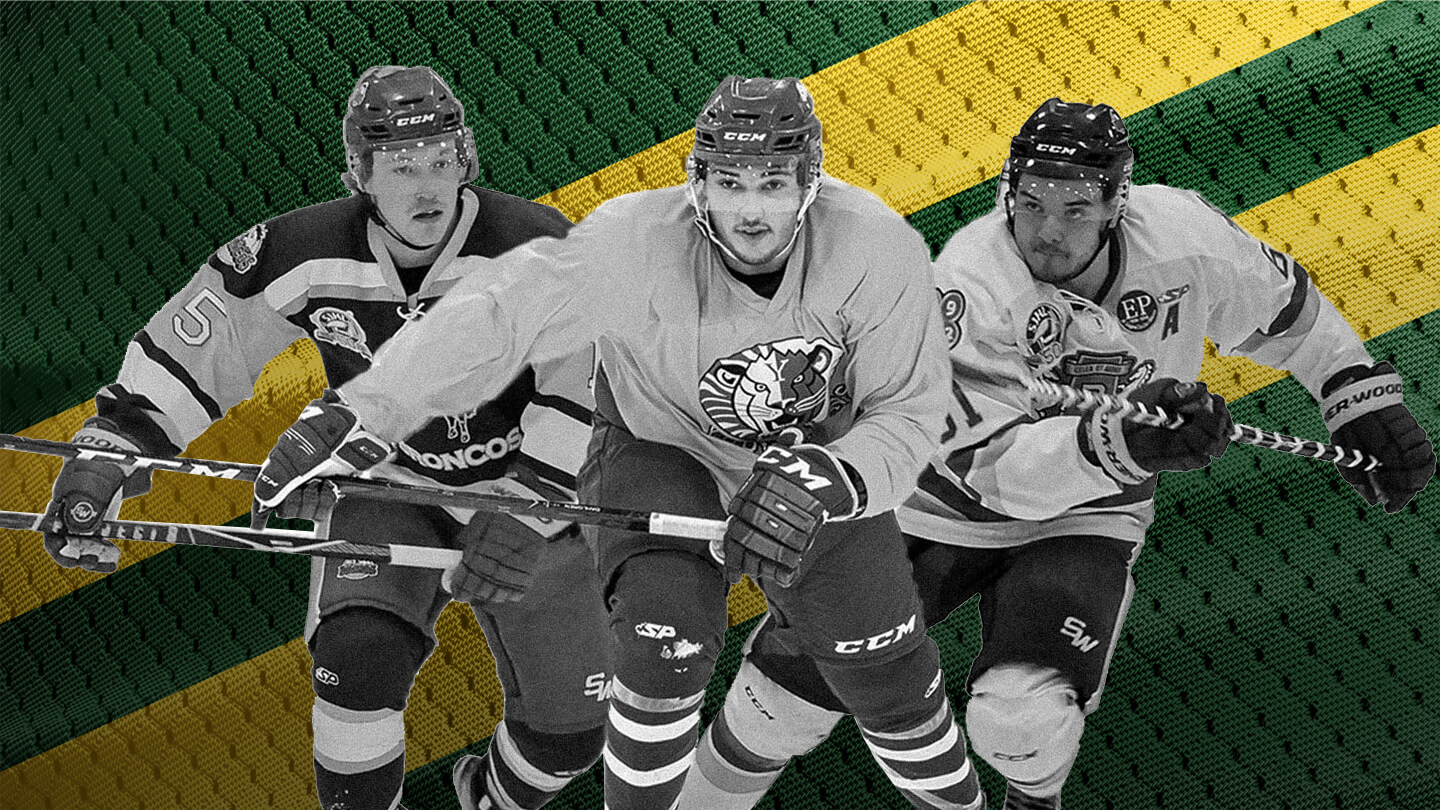Kelly Serbu was toughness distilled. You can see it in the scrapbook photos and clips lifted from old videotape. On the bench, he was just waiting for the coach to tap his shoulder. When he finally got that signal, he didn’t need words, not even a number. He’d just hop over the boards and skate directly into the heavy weather, in search of the vortex. On all his teams in Cole Harbour and Halifax, all the way up to Jr. A, he was the guy you didn’t want to mess with and the guy who wasn’t about to let you mess with his teammates. When matters escalated — a raised elbow, a loose slash — he arrived as if by appointment and bearing the unwritten but wholly understood rules of etiquette and engagement. He entered into contracts signed with glares and nods at faceoff. Gloves dropped and then instinct, fury, flurry, all a blur, but no fear in the mix, none at all.
Serbu was a utility guy, a fourth-liner who might get moved up to the first line. Depending on the assignment, he was either going to get in a fight in the first period or a fight in the third. He came by his edge honestly. He had first boxed in a gym in grade school. His father was in the military and so he had the Type-A gene and role model. He had his teammates’ backs. No one was going to get left behind.
He never imagined professional hockey in his future. As tough guys are inclined to be, he was a realist. Illusions get dropped with the gloves. He had thoughts about playing college hockey — maybe — maybe a senior league after that. He understood, though, he was never going to play in bigger games than he would that spring with his Halifax Jr. A team. They had a shot at nationals, the Centennial Cup, representing the Maritimes.
He had a secret, too. Mostly a secret, anyhow; just a couple people knew. A clue, a hint: He had been the guy who made the rounds, picking up teammates in his old rust-bucket and driving them to the rink; and then, one day, mid-season, he lost his license and took the bus or counted on rides.
The secret was undeniable, unavoidable, beyond his control: He was going blind. This he had been told. This he had tried to steel himself for. He opened up to a couple of teammates. They were shocked. They saw no telltale signs. They couldn’t quite process it when he told them the specialists’ diagnosis: he’d be legally blind by age 40. In actuality, Kelly Serbu, age 18, was losing his sight faster than he knew. He would be legally blind by the season’s end, but improbably — no, impossibly — blindness was something that he played right through.



